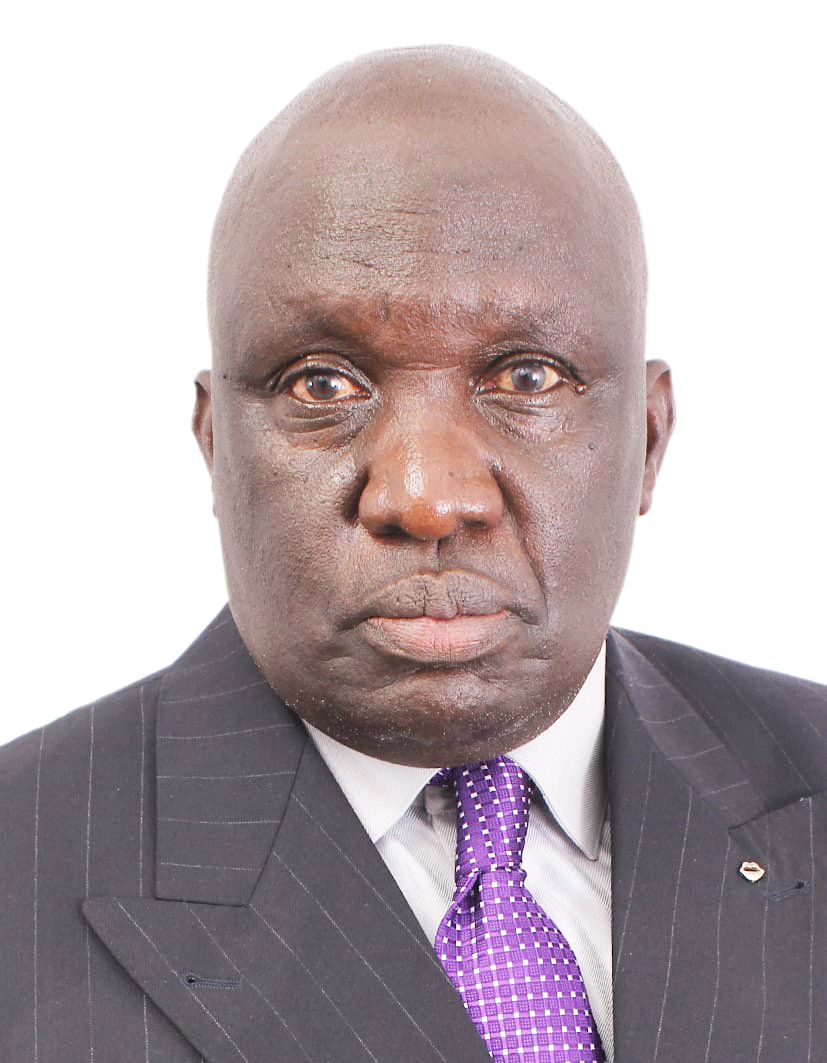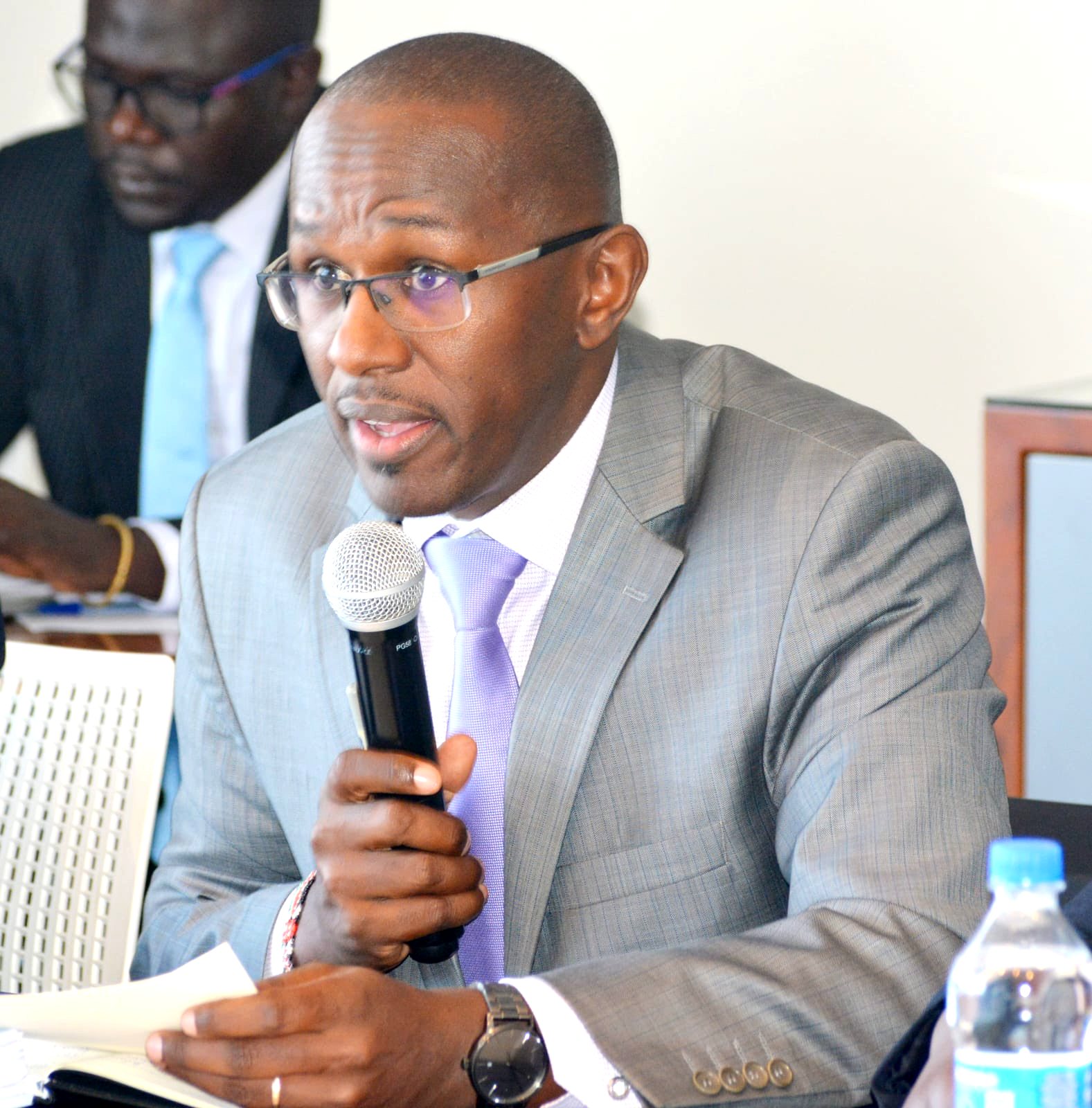By Azael Masese
Kenya’s Savings and Credit Cooperative Societies (Saccos) sub-sector is among the most attractive globally according to the World Council of Credit Unions Statistical Report, 2021.
Out of 118 member states, Kenya emerged among the top ten in deposits and shares, asset base, loan book, membership, and the number of credit unions and financial cooperatives.
On membership, Kenya is ranked sixth with more than 9.9 million members where the United States emerged top with 130 million.
India is second with 92 million as the Philippines comes a distant third with 14.8 million.
Brazil and Canada are fourth and fifth respectively.
Kenya’s penetration of 30.42 per cent, however, lagged behind many countries, though it was above the global penetration average of 12.69 per cent.
Kenya’s Saccos and financial cooperatives gave the 9th largest amount of loans to its members estimated at $9 billion.
This is a pale shadow compared to the US, whose loan book stood at more than $1.2 trillion.
In the rankings, the member states are classified into Asian, African, European, Oceania, Caribbean, North American and Latin American.
Kenya was beaten by global economic giants such as United States, Canada, Japan, South Korea, Thailand, Brazil, Ireland, India and Australia on assets, loans, and deposits and shares.
However, it has the third highest number of credit unions and financial cooperatives, hence a foundation to build on their growth prospects.
In Africa, Kenya is way ahead of other member states with a loan book of more than $9 billion, as Senegal trails in the distance at only $887 million.
Among African member countries, Kenya’s savings and shares is by far the highest at $16 billion, with other countries yet to hit the $1 billion mark.
It is the same story on asset base as Kenya remains the country to beat at more than $20 billion. Again, no other African country has topped the $1 billion mark.
However, the country is ranked fourth in the penetration levels, hence presenting a big opportunity to improve on its current levels.
Besides, the report offers Kenyan stakeholders reason to reflect on their performance, notably on the number of credit unions and financial cooperatives, vis-à-vis their membership and deposits.
Kenya has the third highest number of credit unions and financial cooperatives, only behind Nepal and Ethiopia.
Ethiopia has the highest number of credit and financial cooperatives globally at over 21,000 with a membership of 5.3 million.
Australia has 57 credit unions and financial cooperatives with a membership of about 5 million, while Brazil has a membership of 13 million in 818 unions.
In Canada, the more than 10 million members belong to 434 credit unions or financial cooperatives.
In other words, there are fewer credit unions in countries with more members and higher deposits and shares, loans and assets.
Consequently, the report offers Kenyan authorities food for thought on areas to work on to improve the performance of the sub-sector.
In the past, the creation of Saccos was based on the creation of new districts.
This is the common feature of teacher-based Saccos. Ironically, it seems the more the proliferation, the lower the performance of these Saccos.
To some, the Saccos were viewed as instruments of power and means of making money at the expense of their performance and profitability.
Sacco Societies Regulatory Authority (SASRA) has in the recent past called for consolidation and amalgamation of Saccos.
This was informed by the fact that a number of Saccos, notably those with asset bases below Ksh5 billion, struggle to compete with the big players.


